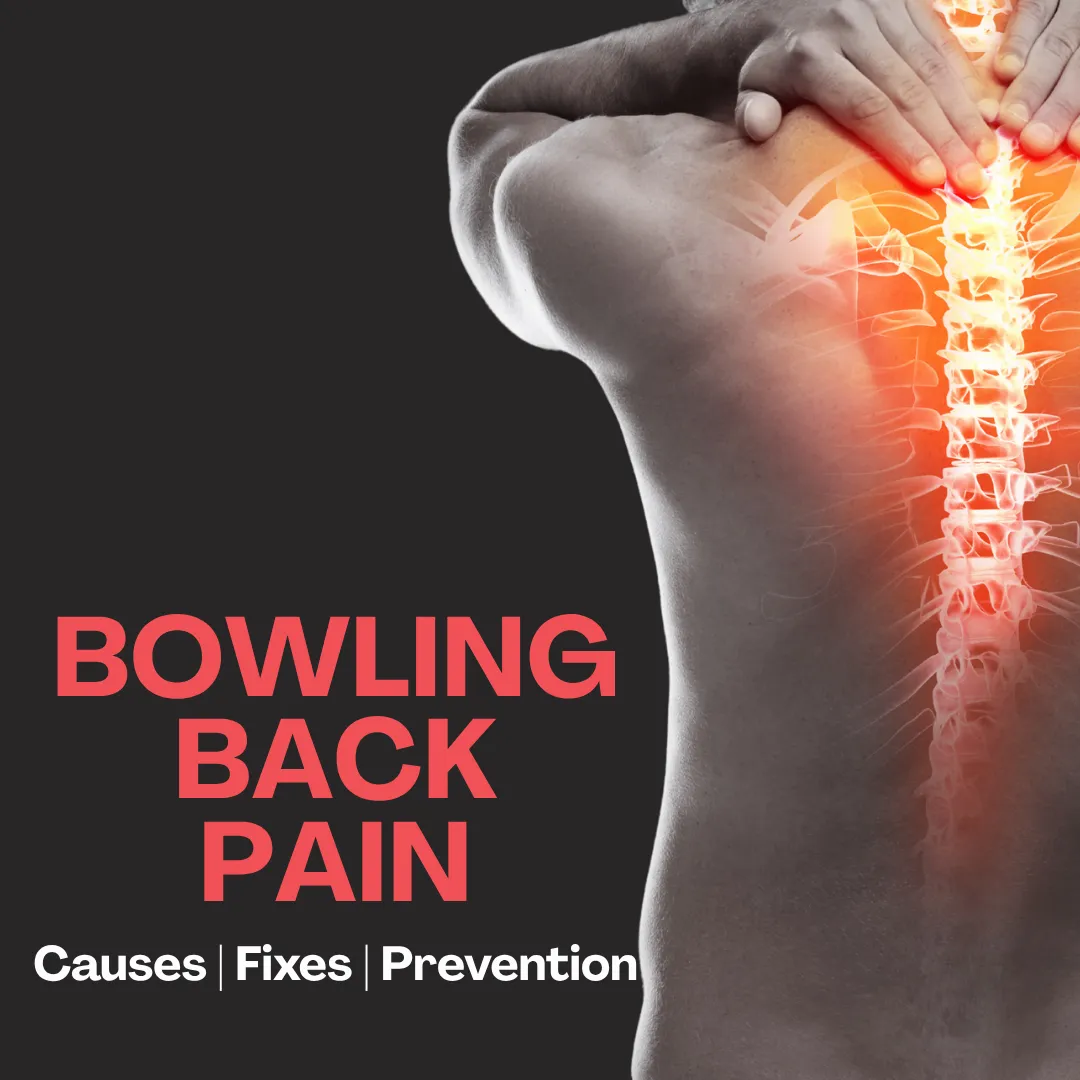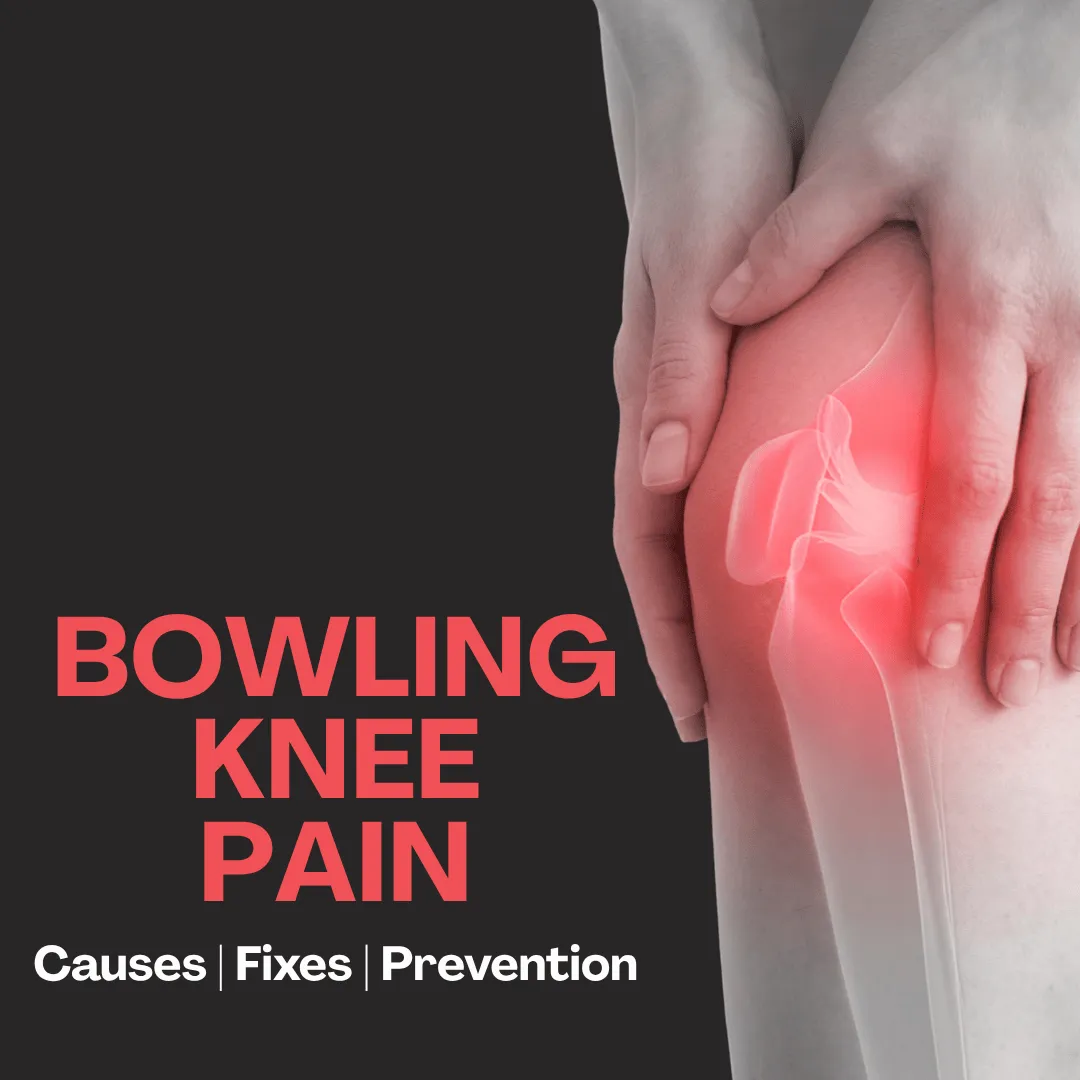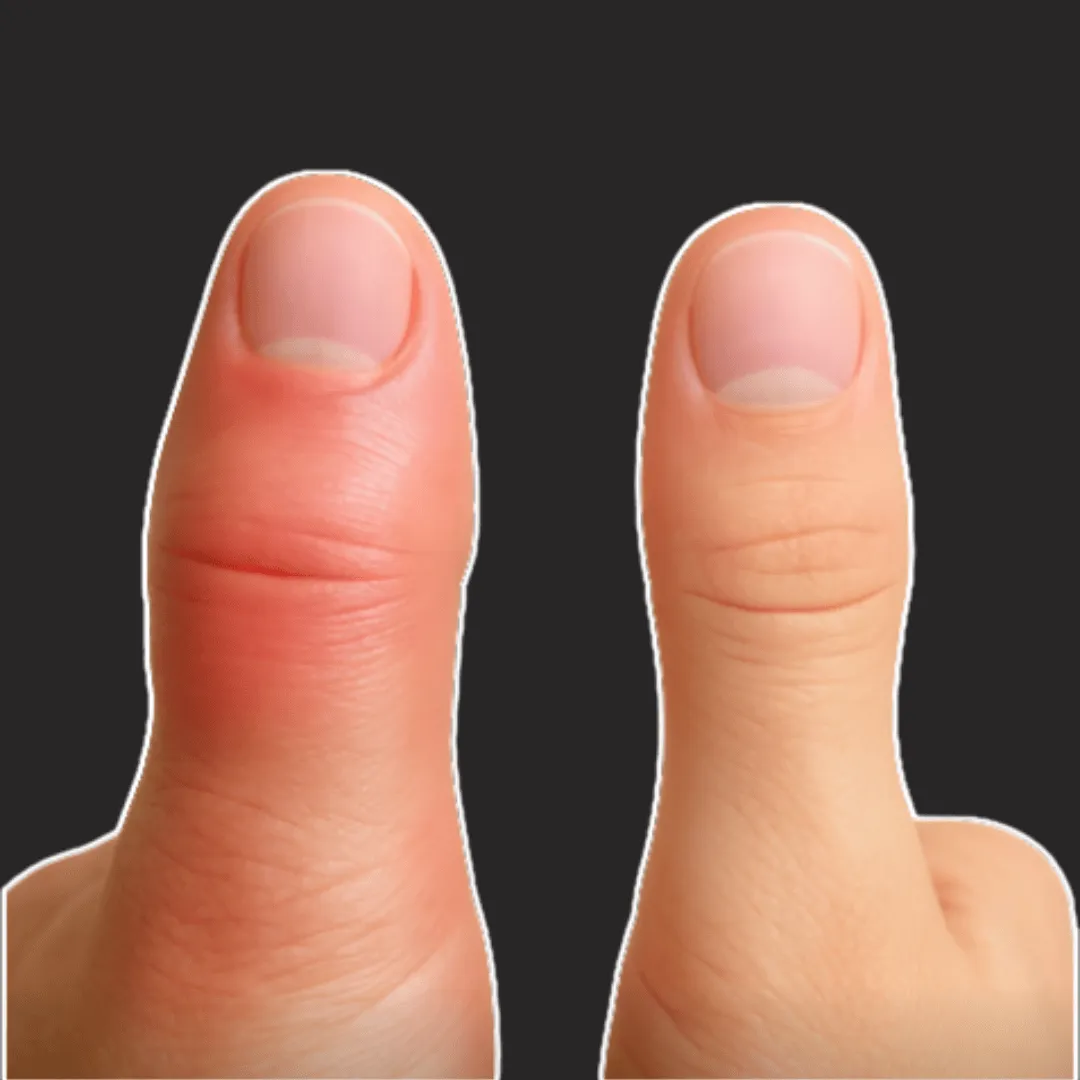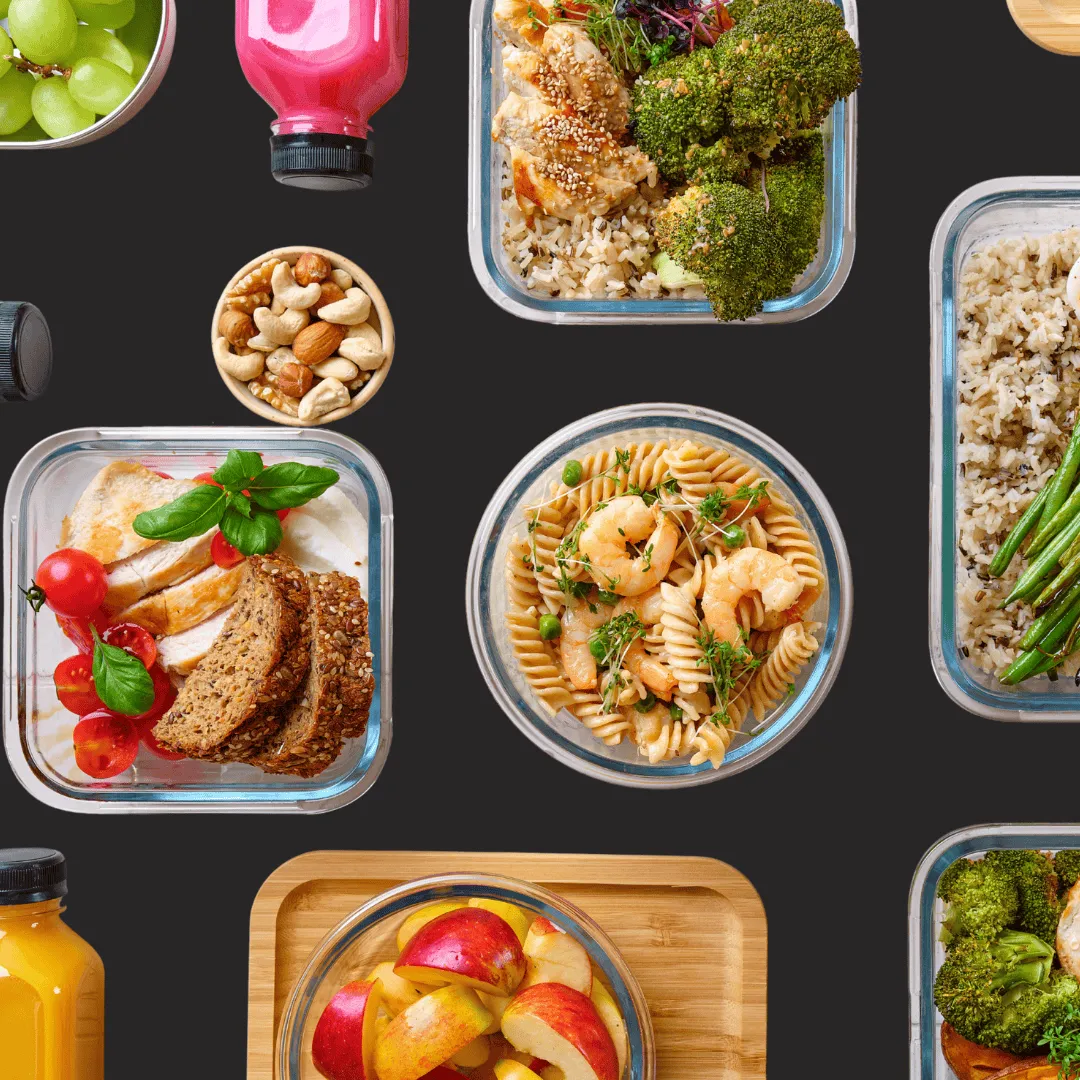Bowling is more than just a fun pastime, or, for some, a very competitive sport; it’s an activity that offers numerous health benefits for players of all ages. No matter how serious you are about bowling, hitting the lanes can positively impact your physical, mental, and social well-being. However, like any physical activity, bowling also comes with some risks. Let’s explore the various ways bowling can contribute to a healthier lifestyle.
Health Benefits of Bowling
Improves Cardiovascular Health
Bowling might not seem like an intense workout, but it gets your heart rate up. Each game involves walking back and forth on the lane, swinging your arm, and engaging different muscle groups. This moderate physical activity helps improve circulation, lowers blood pressure, and strengthens heart muscles. According to the Centers for Disease Control and Prevention (CDC), engaging in moderate aerobic activity, such as bowling, can significantly reduce the risk of heart disease.
Strengthens Muscles and Enhances Coordination
When you bowl, you engage your arm, shoulder, core, and leg muscles to generate power and accuracy. Lifting and rolling the bowling ball repeatedly strengthens these muscles over time. Additionally, bowling improves hand-eye coordination, balance, and flexibility as you adjust your posture and release the ball with precision. A study published in the Journal of Sports Science & Medicine highlights that activities requiring repetitive motion and strategic muscle engagement, like bowling, contribute to overall muscle endurance and flexibility.
Aids in Weight Loss and Calorie Burning
A single bowling session can burn anywhere from 150 to 300 calories per hour, depending on the intensity of play. While it may not replace a gym workout, regular bowling sessions can contribute to weight management and overall fitness. According to Healthline, incorporating moderate physical activities, such as bowling, into your routine can support weight loss and improve metabolic function.
Reduces Stress and Boosts Mental Well-Being
Bowling is an excellent way to unwind and relieve stress. The repetitive motion, focus required, and, of course, the joy of scoring strikes can release endorphins, the body's natural stress-relievers. It also encourages mindfulness, as you concentrate on each shot and adjust your technique accordingly. According to the American Psychological Association (APA), engaging in recreational activities can help lower cortisol levels, reducing stress and anxiety. Bad thing, that sometimes split or gutter ball happens..

Encourages Social Interaction and Teamwork
One of the most significant benefits of bowling is its social aspect. Whether you play with friends, join a league, or participate in tournaments, bowling fosters social connections. Positive social interactions contribute to mental well-being and help reduce feelings of loneliness and depression. A report from Harvard Medical School states that maintaining social connections through group activities, such as bowling, can improve overall mental health and decrease the risk of depression.
Suitable for All Ages and Fitness Levels
Unlike high-impact sports, bowling is gentle on the joints, making it an excellent activity for people of all fitness levels, including seniors and those with physical limitations. Adaptive bowling options, such as ramps and lighter balls, make the sport accessible to everyone. According to the National Institute on Aging, low-impact activities like bowling help seniors maintain mobility, flexibility, and social engagement.
Enhances Mental Sharpness and Focus
Bowling requires strategy, quick decision-making, and concentration. Regular play helps enhance cognitive functions such as problem-solving skills, strategic thinking, and memory retention, making it a great brain workout. A study from Frontiers in Psychology found that engaging in games requiring precision and focus, like bowling, can improve cognitive function and mental agility.
Promotes Better Sleep
Engaging in physical activity, even in moderate amounts, can improve sleep quality. Bowling helps expend energy, reduce anxiety, and relax the body, leading to deeper and more restful sleep patterns. According to the Sleep Foundation, physical activities that require coordination and light cardiovascular effort, like bowling, contribute to improved sleep efficiency and reduced instances of insomnia.

Potential Health Risks of Bowling
While bowling offers many health benefits, it's important to be mindful of the potential risks it carries, such as muscle strains, joint stress, and back pain. By maintaining proper form, choosing the right equipment, and warming up before you play, you can reduce these risks and enjoy the sport safely.
Knee Pain in Bowling
Knee pain is a significant risk for bowlers due to the repetitive stress placed on the joints. The combination of a fast approach, a heavy ball, and sudden stops on a bent knee can result in severe strain over time. Whether from poor technique, overuse, or improper footwear, knee pain can lead to serious injuries that may require medical intervention. Understanding the risks and taking preventive measures can help keep your knees healthy and pain-free.
Back Pain in Bowling
Back pain is one of the most common complaints among bowlers. The asymmetric nature of bowling can create muscle imbalances, leading to strain and discomfort. This muscular imbalance, coupled with abrupt motions, can increase the risk of injury and reduce performance. Past injuries that haven't healed properly may also contribute to chronic back pain. For more information on preventing bowling-related injuries, check out our other article about dealing with bowling back pain.
Bowler's Thumb
When it comes to the game of bowling, even the tiniest detail has the potential to knock you off your feet. One such challenge is Bowler’s Thumb, a condition that can cause discomfort and hinder a bowler's performance. Bowler’s Thumb is a perineural fibrosis affecting the ulnar digital nerve of the thumb, a condition seen predominantly in bowlers. The repetitive motion of releasing the ball, combined with pressure on the thumb from the ball’s hole, causes wear and tear on the soft tissue. For more information of the bowler's thumb causes, symptoms and prevention, read our article on this topic.
FAQs About the Health Benefits of Bowling
What are the health benefits of bowling?
Bowling improves cardiovascular health, strengthens muscles, boosts coordination, and aids in weight loss. It also reduces stress, enhances mental well-being, and encourages social interaction, making it a great all-around activity.
Can bowling help with weight loss?
Yes! A typical bowling session can burn between 150 to 300 calories per hour, depending on intensity. Regular play can contribute to weight management and metabolic health.
Is bowling suitable for seniors or people with physical limitations?
Absolutely. Bowling is a low-impact activity, perfect for seniors and individuals with physical limitations. Adaptive options ensure the sport is accessible to everyone, helping maintain mobility and social connections.
Can bowling improve mental sharpness?
Yes. Bowling engages your mind in strategic decision-making and concentration, which helps improve cognitive function, memory, and problem-solving abilities.
What are the common health risks associated with bowling?
Common risks include muscle strains, joint stress, and back pain. However, with proper form, warm-ups, and equipment, these risks can be minimized.




